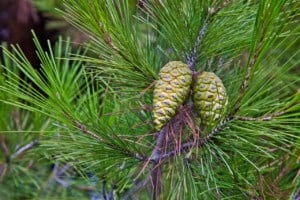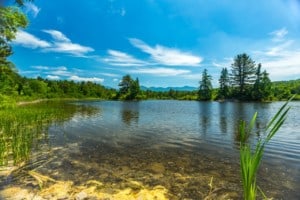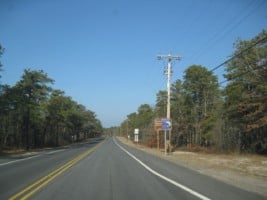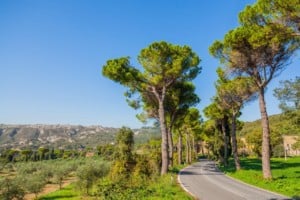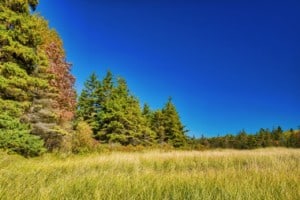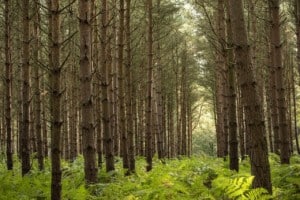Although small in size, the state of Massachusetts still manages to have more than 3.2 million acres covered in forests. With a total of 34 forests, this is home to a variety of trees, including beech, pine, oak, and many others. If you love trees, this is one state you won’t want to miss. Let’s look at the three most common kinds of pine in Massachusetts.
Contents
Pine trees are coniferous trees and, therefore, many people think of their needles and cones only when they think about pine trees. But to be honest, almost every part of the pine tree has a specific purpose, so whether you use the bark for medicinal purposes, the seeds to feed surrounding wildlife, or the wood to make furniture and other items, you’ll never regret that you have a pine tree on your property.
Massachusetts also has hundreds of miles of hiking trails and very diverse ecosystems, and one of the most significant aspects of their forests is the fact that many of the trees are extra-large and very old, making for some beautiful sights as you visit these locations. Below is some information on the types of pine trees found in the state, and it’s a great place to get started if this is what you want.
1. Eastern White Pine (pinus strobus L.)
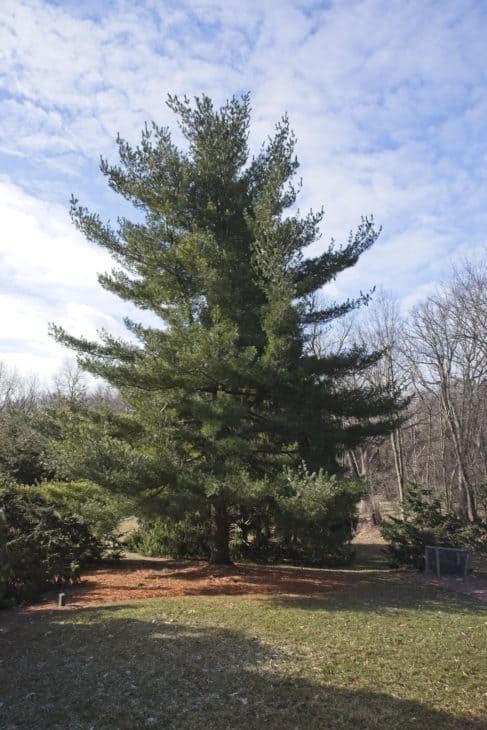
Also known as the Weymouth pine, this pine tree grows 165 to 188 feet high and up to five feet in diameter. Part of the white pine group, the tree has needles that grow in bundles of five and cones that are roughly six inches long and two inches wide. The tree self-fertilizes, and the seeds are dispersed by the wind, while cone production will peak every three to five years.
Some of the many uses for this type of pine include plantation forestry, as a way to waterproof baskets and pails when the sap is used, and even as Christmas trees.
2. Pitch Pine (pinus rigida)
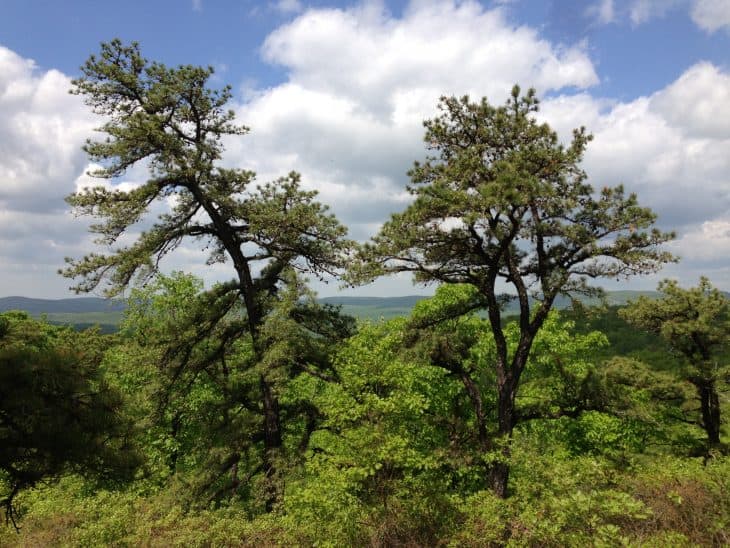
With a growth of 20 to 100 feet in height, the pitch pine isn’t used much commercially because of its twisted, curvy stature. However, it is a fast-growing tree and does have some uses for its wood, including the making of railroad ties, ships, and even radio towers, as well as pulp for paper, crafting, and fuel.
The pitch pine cannot self-prune because of its shape, and in the past certain Native American tribes have used it to treat everything from rheumatism to cuts and burns.
3. Red Pine (pinus resinosa)
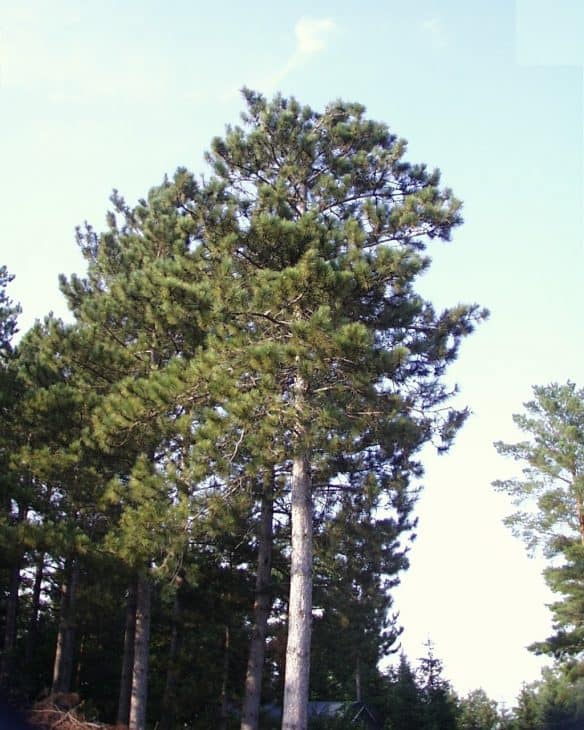
Also known as the Norway pine, the tree grows as tall as 115 feet high and its trunk can be a full three feet in diameter. It is adaptable to many habitats, where it grows straight and tall, enabling it to be a regal-looking tree indeed. The needles grow in bundles of two and are a yellowish-green color; they are also very brittle and can get up to seven inches in length.
The red pine does well on windy sites, but doesn’t like shade much. It is used commercially in landscaping, as paper pulp, and as timber in the construction industry, among other uses. They are common in many states across the US, such as Illinois, Wisconsin, Minnesota and Massachusetts.


